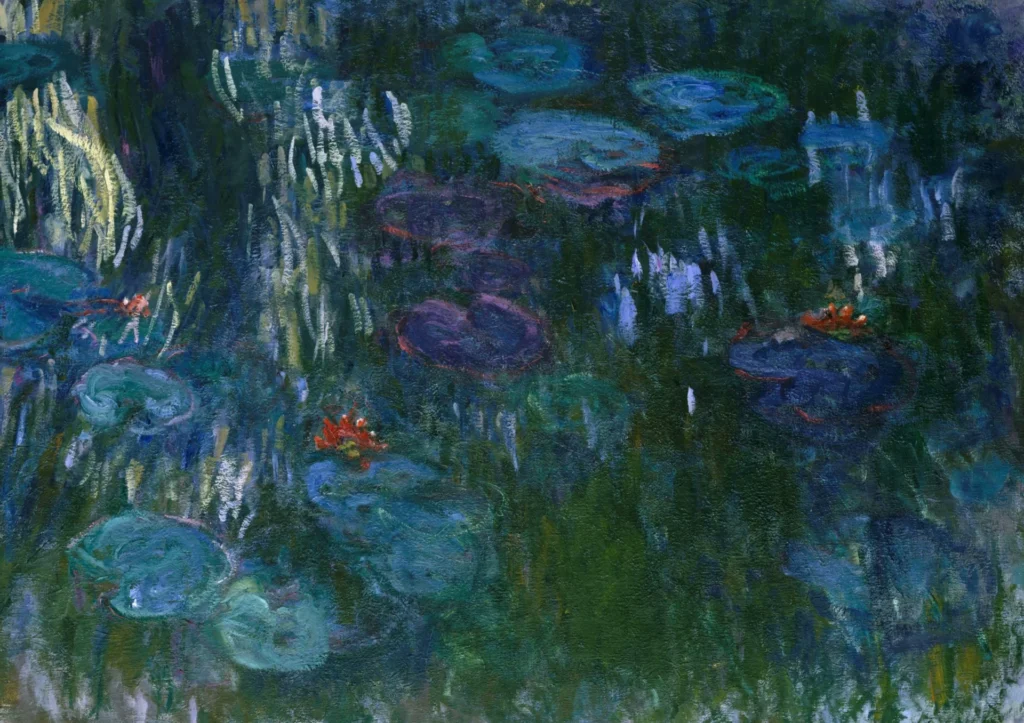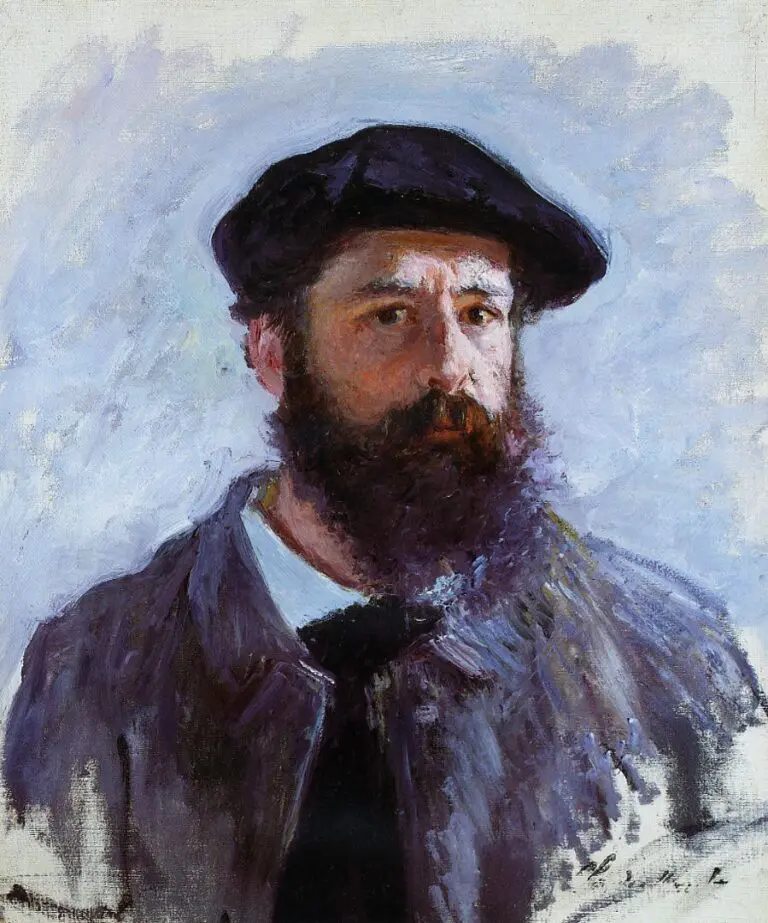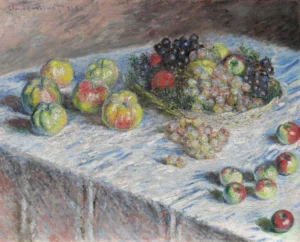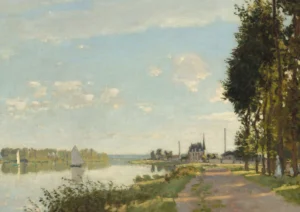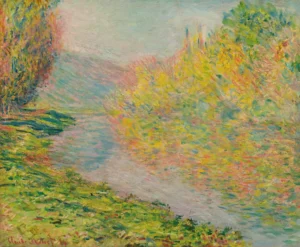Water Lilies (1916)
Claude Monet's Water Lilies series, especially the pieces from 1916, reflect his transformative approach to painting and his emotional resilience amid personal tragedy. Crafted in a newly designed studio in Giverny, these monumental canvases focus on the surface of the water, showcasing vibrant colors and brushstrokes that evoke an immersive experience. Monet's intention to use these works as a war memorial speaks volumes about their historical significance and impact on the art community.
1916
About the Artwork
In 1916, amidst a backdrop of personal loss and the devastation of World War I, Claude Monet dedicated himself to his beloved garden in Giverny, creating the monumental Water Lilies paintings. With a newly constructed studio tailored for grandeur, Monet immersed himself in capturing the expanse of his water-lily pond. These works, devoid of any definitive foreground elements, exemplify his desire to transcend conventional limits of space and immerse viewers in a symphony of color and light. His vision encompassed a circular display of these masterworks as a tribute to peace and victory, solidifying their place in the annals of art history. After his passing, Monet's promise was fulfilled when 22 of these masterpieces were showcased at the Musée de l’Orangerie, forever linking their beauty to an enduring message of hope.
Did You Know
During the creation of the 1916 Water Lilies paintings, Monet was coping with the death of his wife Alice in 1911 and his son Jean in 1914. Despite these losses, he poured his emotions into his art, creating a series that reflects both his love for nature and his resilience in the face of tragedy.
Monet’s ambition for the Water Lilies series was to create not just a visual feast but a commemorative tribute to peace and victory in the aftermath of World War I. He envisioned these works as a panorama to be displayed in a circular room to foster a sense of unity and reflection.
To realize his vision for the Water Lilies. Monet constructed a special studio at his home in Giverny, specifically tailored for creating large-scale paintings. This studio allowed him to work on canvases over two meters high, proving essential for the expansive and immersive nature of these works.




